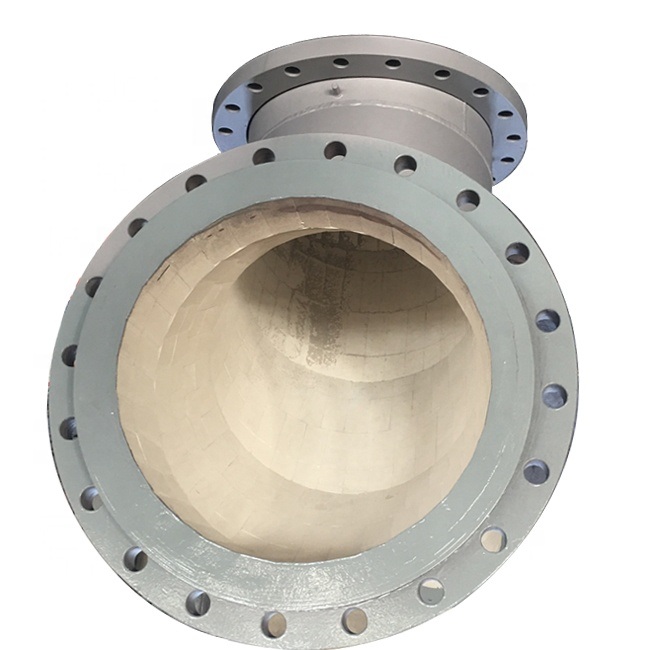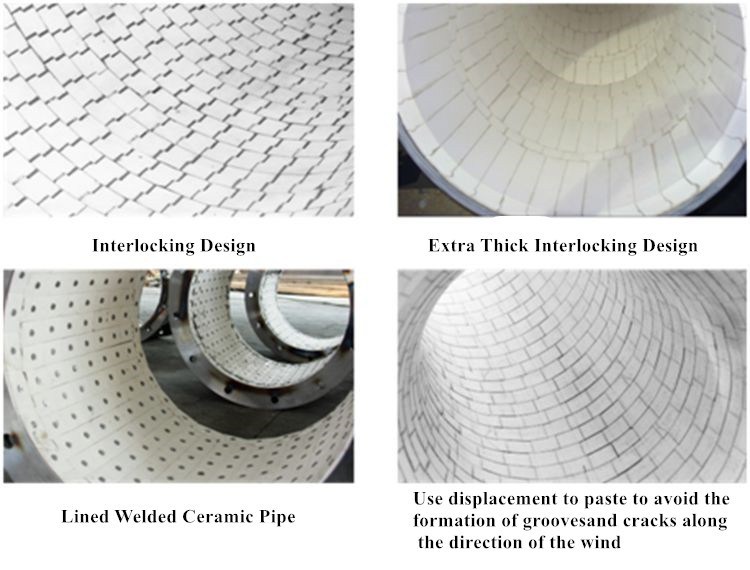Pipe and lining solutions
Pipe and lining solutions
time:2021-02-25 16:06 views:
T
he pipes used to carry corrosive or abrasive fluids is exposed to abnormal wear and tear. The continuous flow of these media causes irreparable damage to its inside parts and fittings, which results in reduced performance and high maintenance costs.
With the development of new materials and conveying technology, the traditional anti-wear technology is gradually replaced by the latest wear-resistant materials such as special ceramics.
Ceramic steel pipe combines the advantages of high alumina hardness, good chemical inertia and steel, and has excellent wear resistance, corrosion resistance, heat resistance and thermal shock resistance and mechanical shock resistance. Ceramic lining has improved the service life of pipes and reduce the high maintenance costs.

Features:
l Wear resistance. Under the same conditions, its wear resistance is 10 times that of ordinary pipes;
l Corrosion resistance: choose different wear-resistant ceramic materials, with excellent corrosion resistance to different corrosion media, acid, alkali, salt and other strong corrosion media and halogen salt corrosion characteristics.
l Resistant to medium temperature: It can be operated at 350℃ for a long time.
l The inner surface are smooth, and the air flow is unobstructed: the smooth surface allows materials to pass freely without material hanging and blocking
l Easy to install: 1/3 lighter than ordinary pipes, easy to carry, save manpower, easier to install, and can easily erect the pipe higher;
l Long service life and high cost performance, can save maintenance, replacement of materials costs and time.
Application:
Widely used in mining, petroleum, metallurgy, steel, cement industries, etc.
Especially on the coal conveying system, the coal pulverizing system and coal ash discharge system.

Types of ceramic pipe lining
1. Alumina.
Best known for its physical and chemical resistance properties, alumina is a perfect ceramic material to prolong the service life of fluid transfer systems, slurry pipelines, and tubes used in metallurgy,
electric power, and other industries.
2. Zirconia.
The most prominent feature of Zirconia is its superior mechanical strength backed up by improved corrosion and abrasion resistance. In addition, zirconia can greatly contribute to structure smoothness.
3. Silicon carbide.
It has advantage of the low thermal expansion coefficient and density. With these and other features, silicon carbide is popular in pharmaceutical, chemical, and even papermaking applications.
